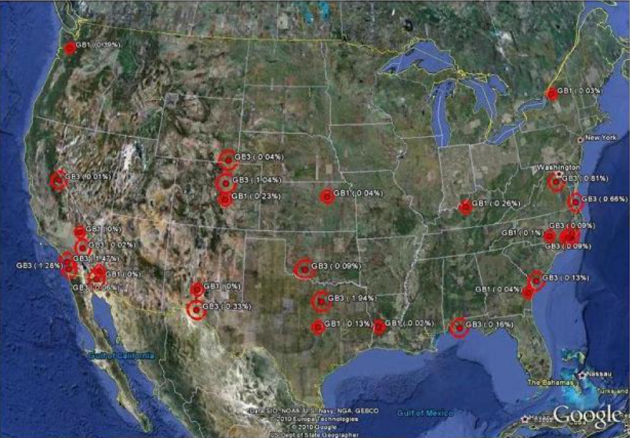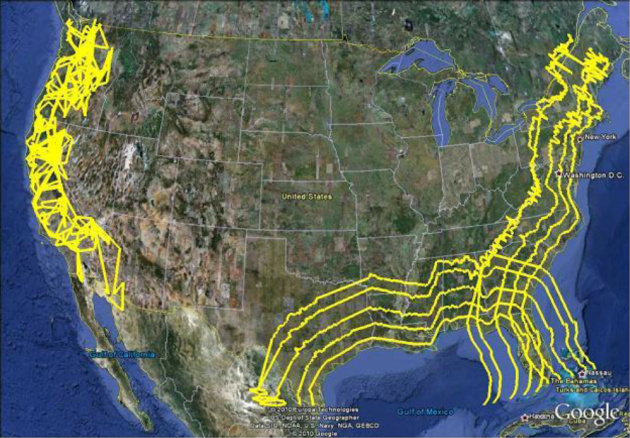 Momentum for spectrum sharing is gathering strength, particularly for the 3.5 GHz band which is slated for small cell deployments. The NTIA has done detailed studies and prioritized this band ahead of other candidates such as 1700 MHz and 4 GHz bands for fast track evaluation. The FCC followed by issuing a Notice of Proposed Rulemaking (NPRM) to solicit comments from stakeholders. So what are some of the details behind the headlines?
Momentum for spectrum sharing is gathering strength, particularly for the 3.5 GHz band which is slated for small cell deployments. The NTIA has done detailed studies and prioritized this band ahead of other candidates such as 1700 MHz and 4 GHz bands for fast track evaluation. The FCC followed by issuing a Notice of Proposed Rulemaking (NPRM) to solicit comments from stakeholders. So what are some of the details behind the headlines?
The 3500-3650 MHz band is allocated on primary basis to Federal radiolocation and radionavigation services. Non-Federal space-to-earth fixed satellite is a secondary allocation in 3600-3650 MHz and limited to international/inter-continental systems subject to case-by-case electromagnetic compatibility analysis. The DoD operates high-powered land-based, ship-based, and airborne surveillance radar systems in this band. They are used for different applications that include detection and tracking of air and surface targets, fleet air defense, missile and gunfire control, bomb scoring, battlefield weapon locations, air traffic control, and range safety. The Navy radars operate on 21 frequency channels for radionavigation purposes including air operations and approach control.
Analysis of coexistence of radar systems with commercial wireless systems by the NTIA reveals the need for a frequency offset in order to minimize exclusion zones around radar installations. Without the frequency offset, exclusion zones would need to range in the hundreds of kilometers which practically kill the business proposition. Therefore, 50 MHz offset is needed with ground-based radars to limit exclusion zone to under 40 kilometers. The offset for airborne radar is 40 MHz which obviates the need for exclusion zone at the risk of occasional interference to commercial wireless systems. However, the exclusion zone for ship-based radar is more substantial and can run over 400 kilometers from the cost and covers about 60% of the US population.
In the final analysis, the NTIA recommended fast tracking 100 MHz in 3550-3650 MHz for spectrum sharing and small cell deployments to be made available for wireless broadband use within 5 years. It certainly makes sense to deploy small cells in this band because inferior propagation characteristics in comparison to lower bands make for a better frequency reuse.
But small cells can only be used outside of the exclusion zones leaving many high density urban centers without effective coverage in this band. This includes major centers like New York City, Washington DC, Los Angeles and San Francisco among many other cities. This is a major drawback of the spectrum sharing proposal since small cells are most needed in dense urban centers. In the final analysis, will the economics work in favor of small cell deployments when only they can be deployed to cover the remaining 40% of population on a secondary, shared basis?


Frank- May a non-federal entity (say a broadcast station) be licensed to operate an S-band meteorological radar in the 3500-3600 Mhz band or is that band strictly for DOD, etc?
Joe, the 3500-3600 is allocated to non-Federal entities on a secondary basis for radiolocation applications. Meteorological radar would not be allowed.